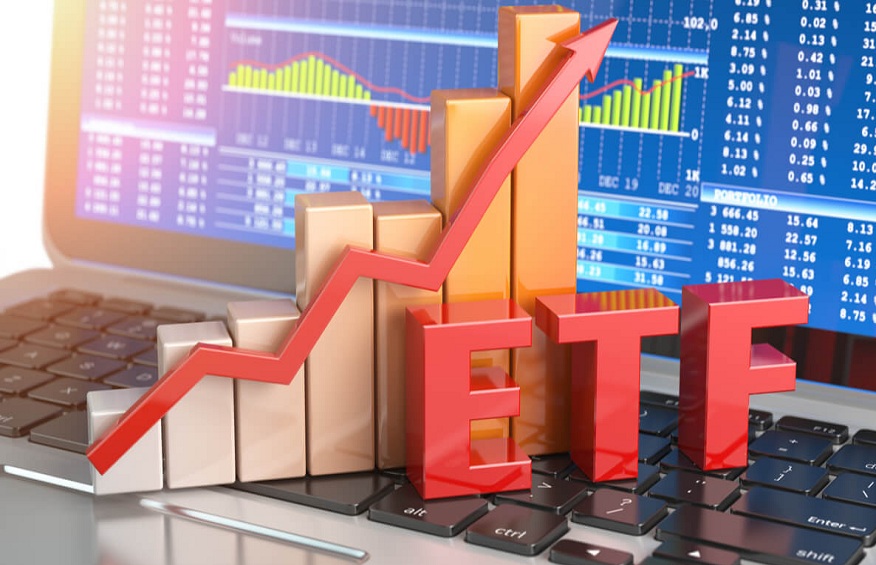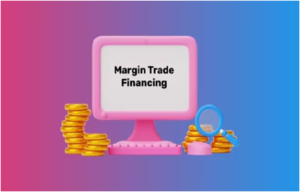Analysing the upsides and downsides of ETF investments
3 min read
Exchange-traded funds (ETFs) offer an easy way to get exposure to a large number of securities at once and build a diversified portfolio. They track an index, commodity, or pool of assets, which makes it easier for investors to access multiple securities without extensive research. Instead of trying to beat the market, ETF funds try to be the market. This makes them a reliable option for investors who want to invest in a passive and low-cost fund.
However, like any investment opportunity, ETF investments also come with upsides and downsides. Let’s analyse the benefits and risks of ETF funds so you can make informed and calculative investment decisions.
Upsides of ETF investments
- Low expense ratios– ETFs incur lower fees than many other types of mutual funds and investment options. This is because they track specific market indexes rather than being actively managed by fund managers. Since there are no frequent tradings, investors keep a larger portion of their returns.
- Easy diversification– ETFs help investors create a diversified portfolio of assets like stocks, bonds, or commodities, all in a single investment. This diversification helps reduce risk since it spreads your investment across various sectors or industries, which provides a cushion against poor performance in any one area. Diversification is extremely useful in building a long-term profitable portfolio with the potential to generate optimum returns.
- Flexibility– ETFs also offer exposure to international markets and specific sectors. This adaptability allows investors to customise their mutual fund portfolio to align with their goals and risk tolerance.
- Transparency– Many ETFs disclose their every day. This transparency helps investors see exactly which securities the ETF holds. This feature helps them make smart financial decisions and understand where their money is invested.
- Liquidity– ETFs are traded on stock exchanges, just like stocks. This means you can buy and sell them throughout the trading day at prevailing market prices. This intraday trading feature lets you capitalise on short-term market trends and seize new opportunities. Moreover, ETFs’ high liquidity enables easy entry or exit from your investment without notable price impact.
Downsides of ETF Investments
- Trading costs– ETF funds have low expense ratios but trading costs exist. Each time you buy or sell shares, you will incur brokerage fees for the transaction, which add up over time.
- Limited control– ETF investors rely on the fund manager’s decisions to decide the composition of the underlying assets. Thus, they have limited control over the particular assets within the ETF. This may not suit those who prefer a more hands-on approach or control over their investments.
- Tracking error– While ETFs aim to replicate the performance of an underlying index, they might not perfectly match the index due to tracking errors. Factors like fees and market variations can create differences in actual ETF returns and the returns of the benchmark index it follows.
- Lack of personalisation– ETFs mirror a specific index, which sometimes may not align with an investor’s specific preferences, giving them unwanted exposure to sectors they want to avoid. Thus, it is important to carefully assess the components of an ETF before adding it to yourportfolio so that the ETF returns reflect your investment goals.
The bottom line
ETFs are a low-cost, diversified investment option that offers flexibility, transparency, intraday trading benefits, and liquidity. Yet, they carry downsides like limited control, tracking errors, and transactional fees. The decision to invest in ETFs should be based on each investor’s risk appetite, investment objectives, timeline, and portfolio diversification needs. Buy and sell crypto currency so visit here swissmoney
For a more personalised approach, you can consult a financial advisor. They can help you select the right ETF and suggest an optimal portfolio mix, combining the ETFs with other investment options to maximise returns in the long term.







